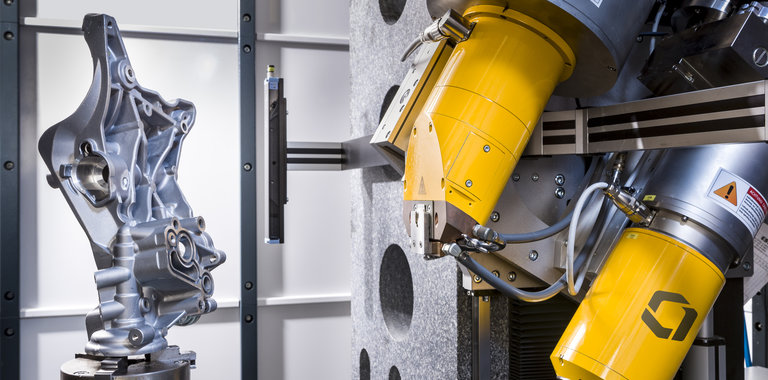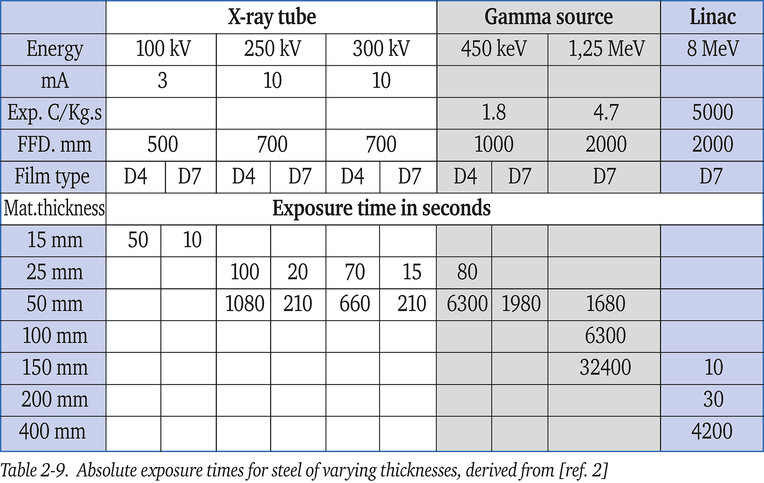Image
Image

Eyebrow
Blog
What should my absolute radiographic exposure time be?
In this article:
- Absolute Exposure Time Depends on Radiation Source and Material Thickness: The required exposure time varies significantly based on the type of radiation (e.g., X-ray or gamma) and the thickness of the steel or material being inspected
- Exposure Charts Provide Standardized Reference Values: Tables derived from empirical data list recommended exposure times for different material thicknesses and radiation sources, helping radiographers plan accurate and consistent inspections
- Relative Exposure Factors Must Be Considered: The exposure time is influenced by film type and sensitivity, with relative exposure factors used to adjust base times for different radiographic setups
- Accurate Exposure Ensures Optimal Film Density: Proper exposure time is critical to achieving the desired film density (typically around D = 2), which ensures sufficient contrast and flaw visibility in the radiograph
- Using Characteristic Curves Enhances Precision: By combining exposure charts with the film’s characteristic (density) curve, radiographers can fine-tune exposure settings to match specific inspection requirements

What should my absolute radiographic exposure time be?
Table 2-9, derived from reference [2], lists the widely varying absolute exposure times when different radiation sources are used for radiography on steel of varying thickness. The relative exposure factors from table 1-9 for both types of film can be recognised in this table.
